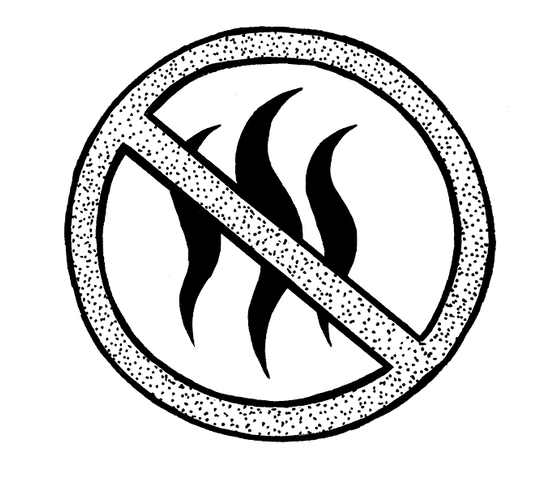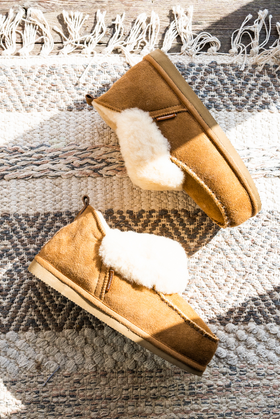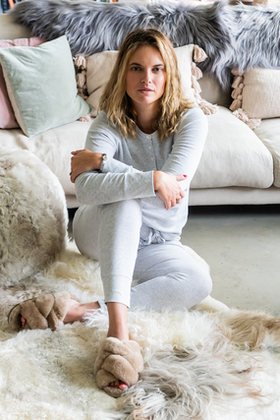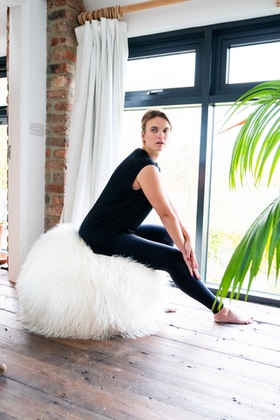Why Sheepskin?
Sheepskin has been used since ancient times to warm, cool, protect and care for our bodies. It is one of the softest and finest materials nature has to offer.

Natural
Sheepskin is the product of sustainable farming practices, a by-product of the meat-industry and, really importantly, is biodegradable which is something we are really passionate about. If sheepskins aren’t used, they become landfill. This isn’t the worse case scenario because they break down quickly, adding useful nutrients to the ground as they do. Compare this to the impact synthetic fibres have on our planet, our waters and even our bodies.
A better case scenario (in our minds) is to appreciate the super qualities of natural materials like sheepskin and make the most of the material before they return to the soil.

Temperature Regulating
Sheepskin is cool in warm weather and warm in cooler climates. How can this be so!?
The fibres breathe to act just like a natural thermostat for your body. These fibres are hollow and can absorb up to 30% of their own weight in moisture without feeling wet, keeping you perfectly dry regardless of the weather.
We reckon sheepskin is the absolute best in a heatwave and our newborn mummies are first to agree!

Hypoallergenic
Sheepskin is hypoallergenic. This makes sheepskin footwear and genuine sheepskin rugs perfect for children with sensitive allergies.

Odour & Dirt Resistant
The natural oils in sheep wool are resistant to cooking smells, household and body odours. It repels odours that can become trapped in many non-natural materials because the hollow wool fibres allow air to flow freely through them. Cool hey!
And great for feet and places that can commonly become prone to body odour thanks to sweat and bacteria.
The wool fibres in sheepskin retain a natural oil called Lanolin that resists dirt, grease, bacteria, mould and other microscopic parasites. Lanolin is used independently in many other body care products thanks to its protective and moisturising qualities.

Moisture Wicking
Sheepskin fibres are hollow and can absorb up to 30% of their own weight in moisture without feeling wet, keeping you perfectly dry, regardless of the weather.
If you look at the hairs microscopically, you will also see that each fibre has little branches that also helps wick away liquids while repelling oils and grease.

Biodegradable
Sheepskin and leather is naturally biodegradable – if left in the ground there will be little remaining after a year, unlike synthetic counterparts which are often completely intact.
Don’t get us wrong, there is some environmental impact in processes that make sheepskins suitable for use i.e. the tanning process. We can reduce this impact by making educated choices.
- Buy well once and get as much use out of things as we can - Refresh, repair and renew.
- Choose vegetable tanned sheepskin over mass produced chrome tanned products.
- Consider where the sheepskin comes from and how well regulated the factories might be.
- Appreciate nature and choose natural! Natural | Undyed sheepskins are a better environmental choice as no additional dyeing treatment takes place.




